How Do UV Systems Work and Why You Need One for Your Home
For over a century, ultraviolet (UV) water purification has been one of the most powerful lines of defense against harmful biological contaminants in drinking water. UV systems offer superior protection from bacteria, viruses, molds, giardia, cryptosporidium and other disease-causing microorganisms likely present in your water.
Although these organisms naturally occur in different environments, they can sneak into water sources and can be detrimental to human health. Thankfully, UV systems are tested and proven to eliminate 99.9% of harmful microorganisms found in untreated water – without adding any chemicals or changing the taste and smell of your water.
UV systems can be an effective means of water disinfection. For this and other reasons, it’s important to take the time to educate yourself about how these systems work and why they can be the right solution for your water treatment needs.
In this article, we’ll break down how UV systems work and explain why you need one for your home.
How Do UV Systems Work?
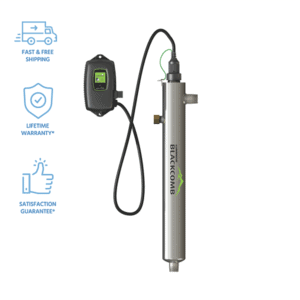
By now, you may be asking yourself, “How on earth do these systems destroy such harmful, resistive organisms without using any chemicals?” Great question!
UV systems use UV light, which – at certain intensities – emits enough radiation to penetrate bacteria and other microorganisms and alter their DNA. As a result, most of the organisms are rendered entirely harmless and cannot spread through your drinking water.
A UV system normally consists of a special UV lamp that can output about 254 nanometers of UV radiation. At this threshold, the system produces a significantly greater intensity than the radiation produced by sunlight.
The UV lamp is mounted in front of a flow chamber through which water passes. As the water moves through the chamber, it is exposed to the UV lamp. Any harmful microbes and bacteria that are present in the water become sterile and unable to function, thus eliminating the risk of infection. Once the water passes through the chamber, it is purified and ready for consumption.
However, the quality of the water will greatly depend on the rate at which the water passes through the system (the flow rate). A high flow rate might reduce the efficiency of the system while a low flow rate can make the system too hot.
Why You Need a UV System for Your Home?
Even though all municipal water providers are required to adhere to certain safety standards, once the water leaves the treatment plant and travels to your home, it can quickly pick up bacteria and other pathogens along the way.
If you suspect that your water contains bacteria, or you want an extra layer of water protection in the case of a natural disaster, a quality UV system is your best option.
Here are a few reasons why a UV system is vital for your home:
- Safeguards against waterborne bacteria, viruses, and other disease-causing agents: UV systems can kill 99.9% of microscopic pathogens such as bacteria, viruses and even those associated with water-borne illnesses such as Gastroenteritis, Flu, Typhoid, Cholera, and Hepatitis. Other harmful microorganisms include E. coli, cryptosporidium, and giardia.
- Cost-effective and requires low maintenance: In general, UV systems consume very little energy and the bulbs only need to be replaced every year or so.
- Safe and uses no chemicals (Environmentally friendly): UV systems provide chemical-free water disinfection.
- No impact on taste or odor: These systems provide safer, tastier water for your family without affecting its taste or odor.
- FDA Approved: UV water purification is one of four methods approved for disinfection by the US Food and Drug Administration (FDA).
Verdict
UV water purifiers have been proven to be one of the most powerful, reliable and quickest methods for disinfecting water purifier. The amazing features and capabilities of these systems make them well worth the investment; Not just for you but for your entire family.
 Water systems are designed, built, and packaged in the U.S.A.
Water systems are designed, built, and packaged in the U.S.A.



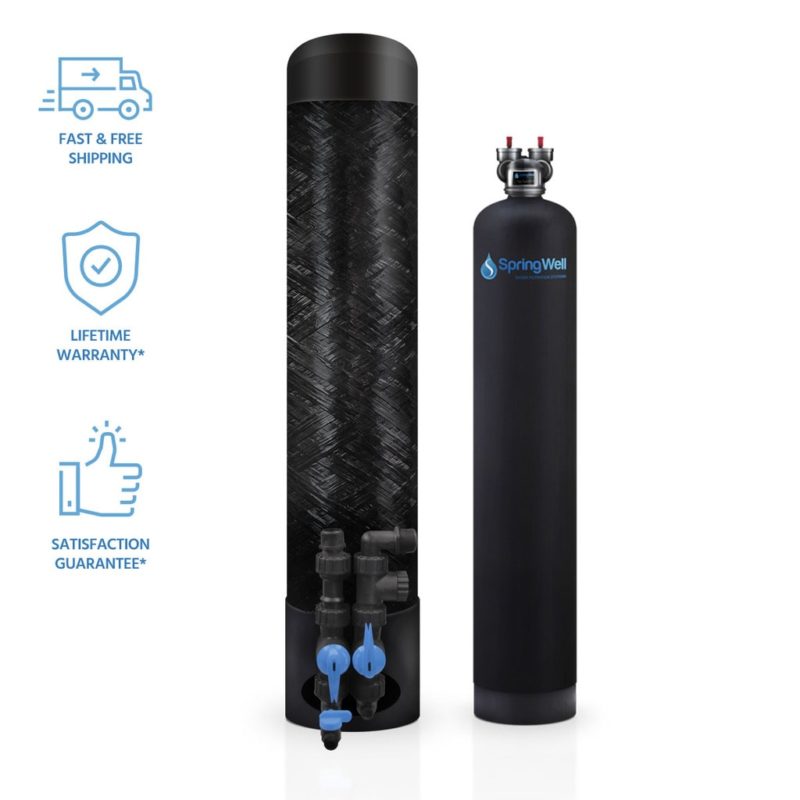 Whole House Lead & Cyst Removal System with Salt-Free Softener
Whole House Lead & Cyst Removal System with Salt-Free Softener 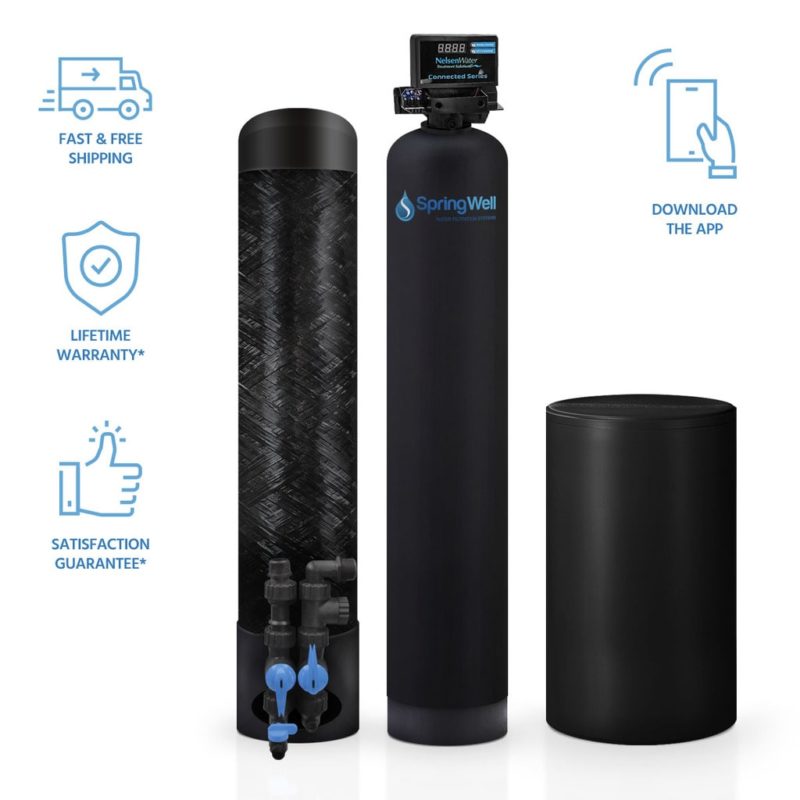 Whole House Lead & Cyst Removal System with Salt Based Softener
Whole House Lead & Cyst Removal System with Salt Based Softener 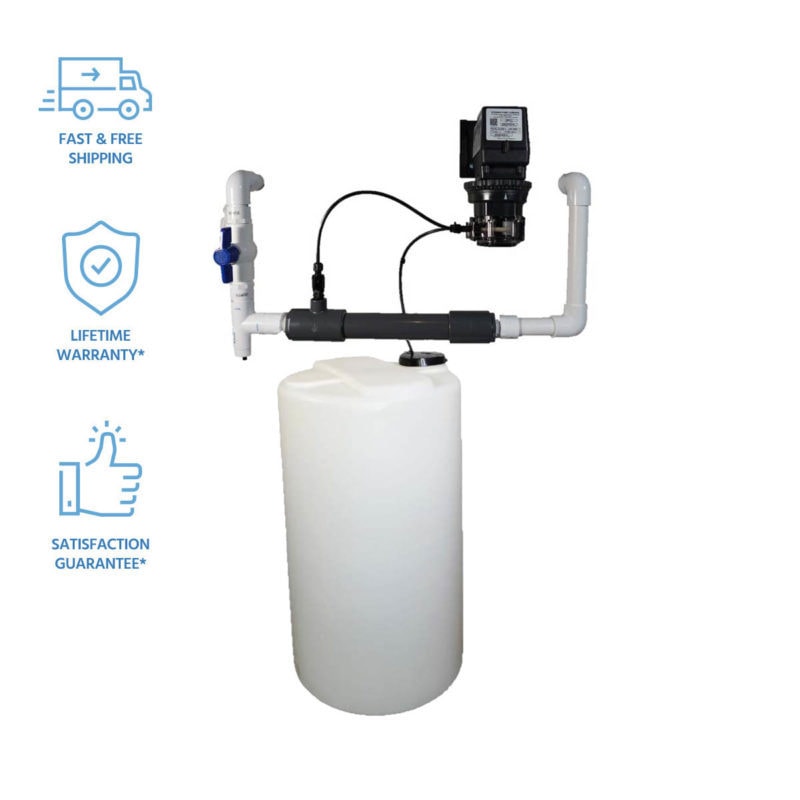 Chemical Injection System
Chemical Injection System 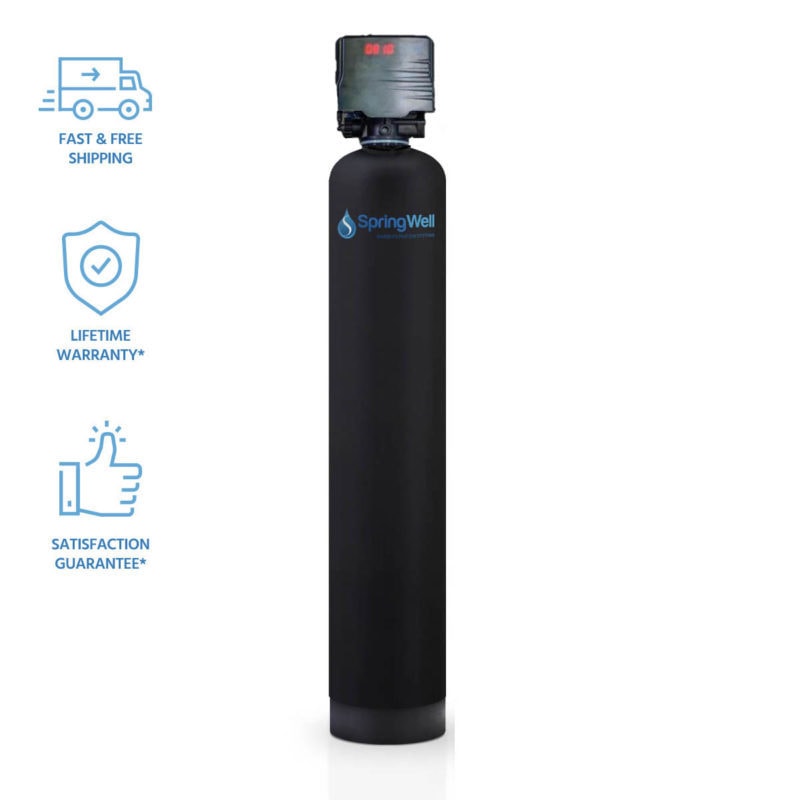 Calcite pH Neutralizer
Calcite pH Neutralizer 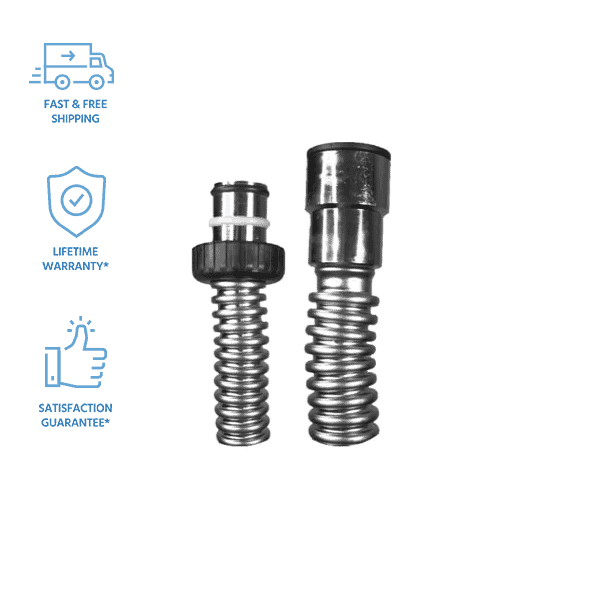 Easy Installation Kit (Single Tank)
Easy Installation Kit (Single Tank) 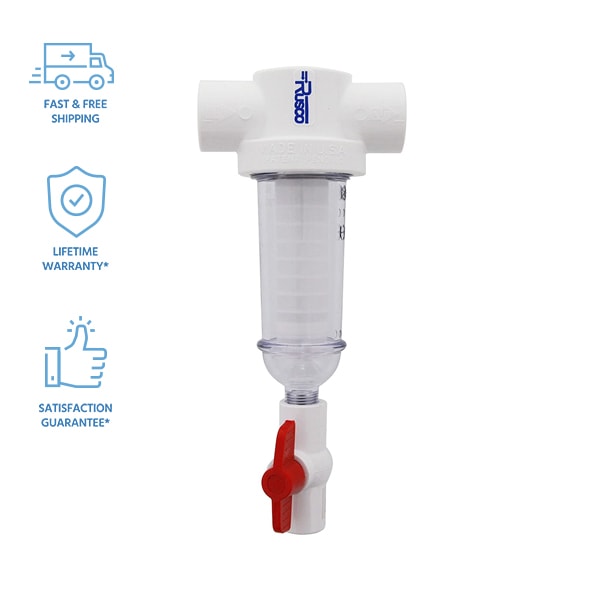 Spin-Down Sediment Filter
Spin-Down Sediment Filter 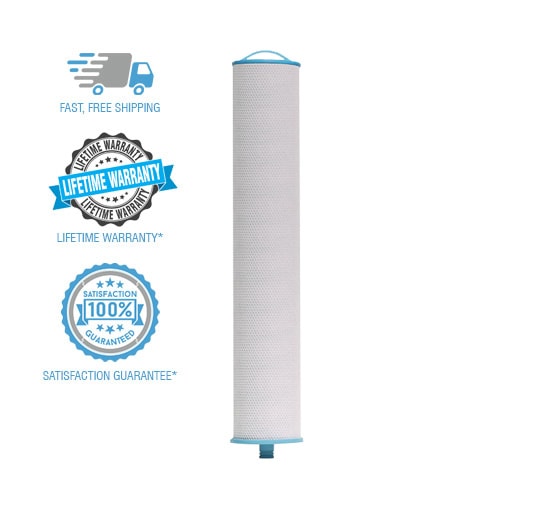 Replacement Filter - Lead & Cyst System
Replacement Filter - Lead & Cyst System 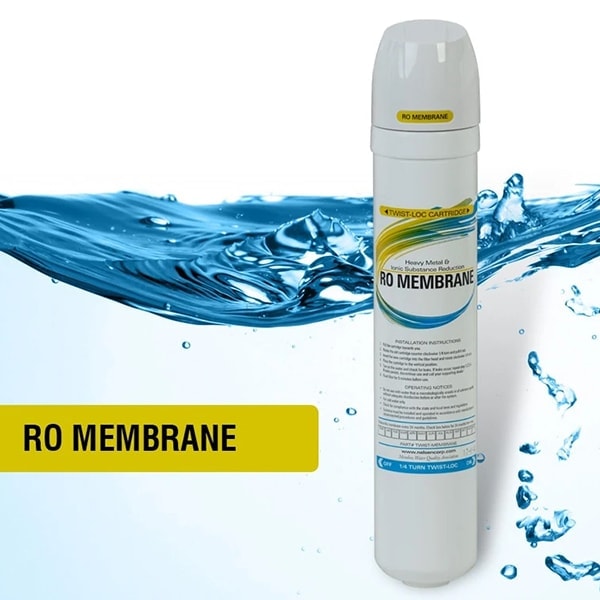 Replacement Filter - Reverse Osmosis - Membrane
Replacement Filter - Reverse Osmosis - Membrane 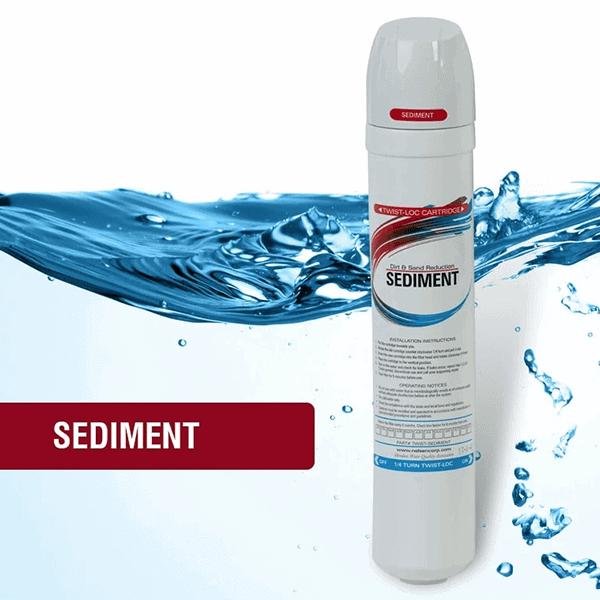 Replacement Filter - Reverse Osmosis - Sediment
Replacement Filter - Reverse Osmosis - Sediment 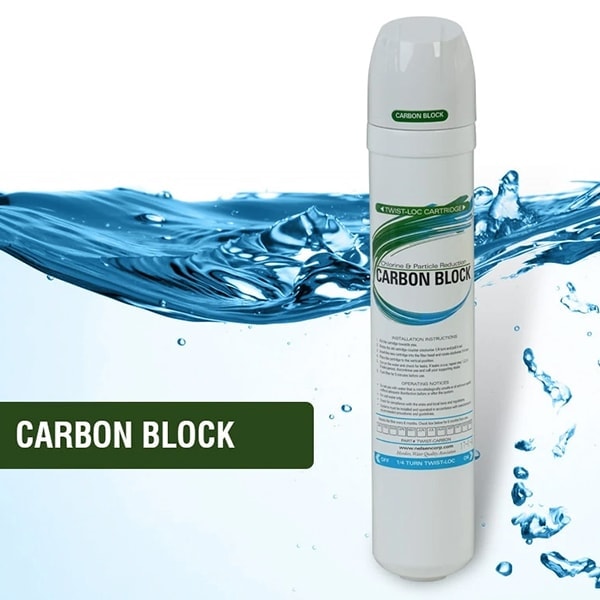 Replacement Filter - Reverse Osmosis - Carbon Block
Replacement Filter - Reverse Osmosis - Carbon Block 

